We stumbled upon the Marastar Tire Lift Caddy while browsing Amazon for a solution to a familiar and often painful problem—lifting and installing heavy off-road wheels and tires.
With each tire easily weighing between 70 to 90 pounds or more, even a single mishandled lift can result in lasting injury.
The promise of an ergonomic tool designed to save our backs was worth investigating, so we decided to give the Tire Lift Caddy (TLC) a shot.
The first pleasant surprise came right out of the box—no assembly required. True to the product description, the unit arrives ready to use.
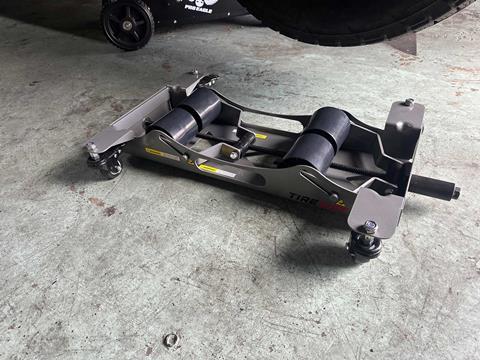
The design is simple and sturdy, featuring a powder-coated steel frame, a lift system actuated by a 19mm socket, and hard polymer rollers that support the tire and allow for easy rotation.
Smooth rolling swivel casters make positioning it straightforward, even in tight garage spaces.
How To Use the Tire Lift Caddy
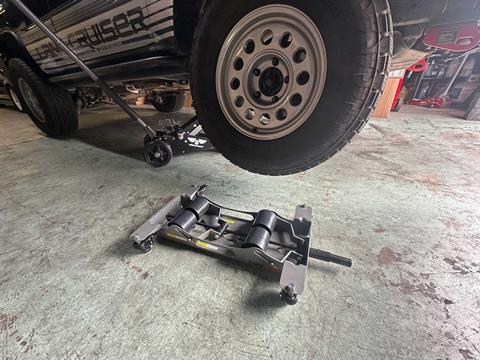
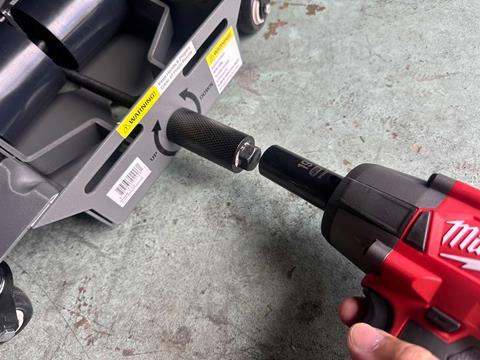
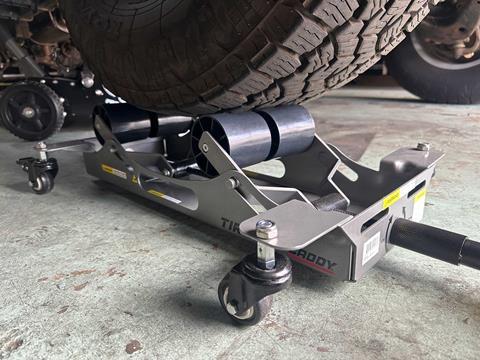

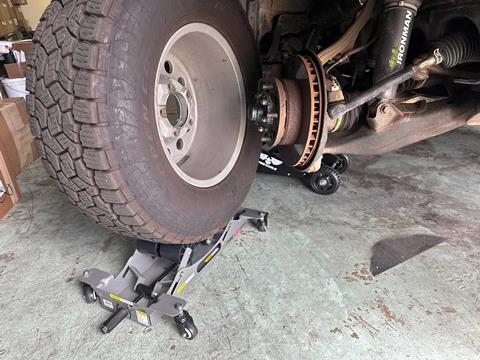

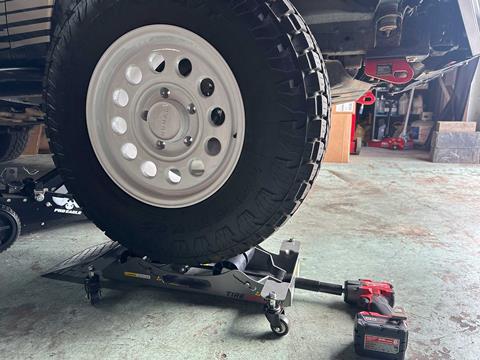
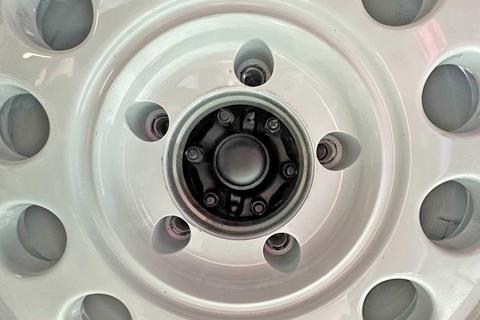
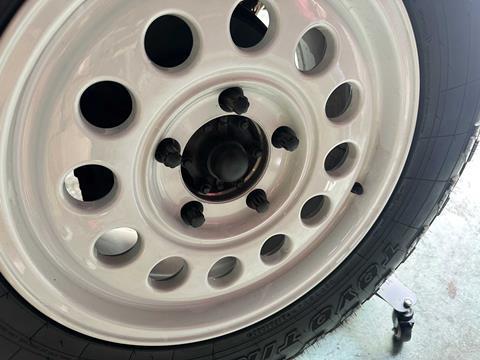
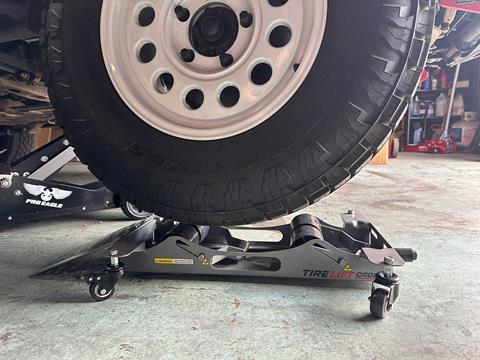
The TLC is marketed as universally compatible with most car, truck, and SUV tires, and so far, we’ve had no issues using it with larger off-road wheel setups.
It supports a maximum load of 150 pounds, which covers the range of most wheel and tire combos you’re likely to encounter in a home garage or shop environment.
Final Thoughts
We approached this product with healthy skepticism—it was a relatively low-cost Amazon find, and there was no shortage of overpromising tools in this space.
After several uses, we’ve become firm believers. For us, it genuinely does what it claims to do. A quick search online didn’t turn up anything else quite like it, which is surprising given how practical and effective this tool is.
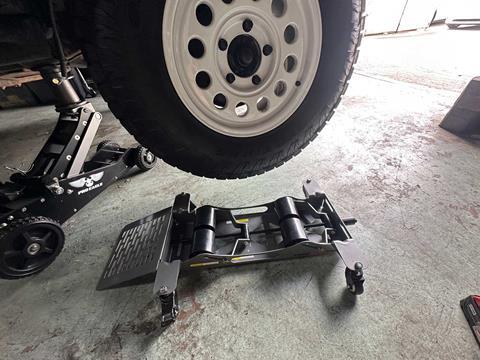
Whether you’re a DIY enthusiast, need to do seasonal tire changes, cleaning wheels and suspension parts, doing brake jobs – or any other chore that requires wheel and tire removal, the Tire Lift Caddy is a practical addition to your garage that helps take strain off your back and makes wheel handling a whole lot easier.
Access More Great Stories!
For more informative articles like this, consider subscribing to OVR Magazine in print or digital versions here. You can also find the print edition of OVR at your local newsstand by using our Magazine Finder.
Disclaimer: Working on a vehicle can be dangerous and may result in serious injury or death if proper safety procedures are not followed. Always ensure your vehicle is securely supported using appropriate jacks and jack stands before removing or installing wheels. Use tools as intended and follow all manufacturer instructions and safety guidelines. If you are unsure about any part of the process, consult a professional mechanic. The information in this article is based on our personal experience and is provided for general informational purposes only. Use at your own risk.


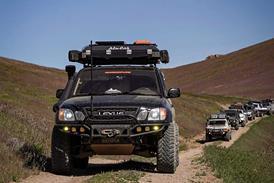
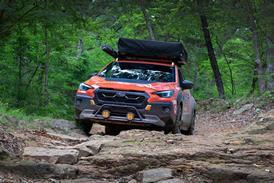
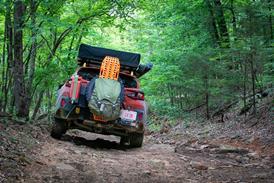

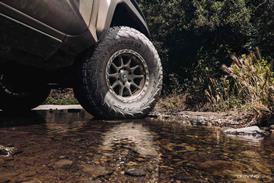

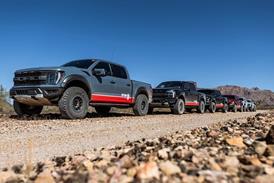
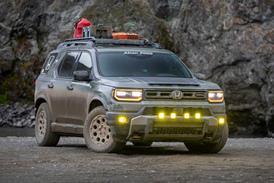


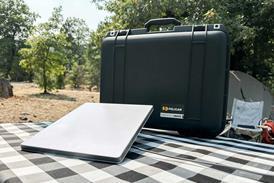
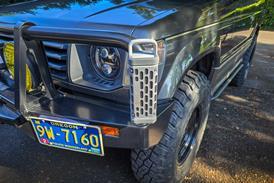







No comments yet